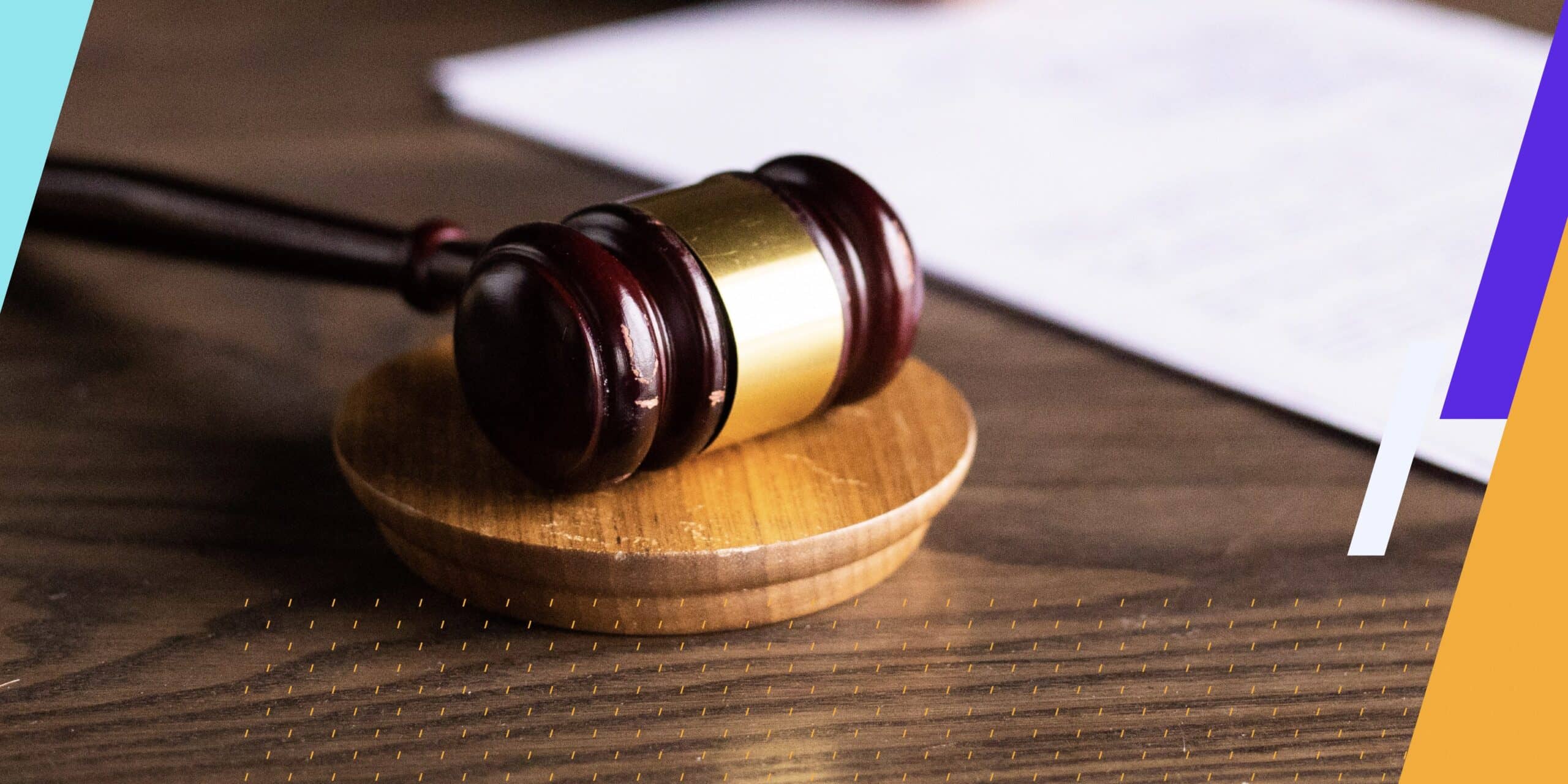
For many years, federal government agencies have been required by Section 508 Compliance to provide equitable access to digital technology. In a landmark move for state governments, Colorado was recently the first state to enact a law mandating that state agencies provide accessible technology by complying with the WCAG Guidelines.
Quite honestly, laws like this have been a long time coming. There is no excuse for any organization, let alone a federal or state government agency, to not provide equitable access to their websites and apps. As the COVID-19 pandemic exemplified, people with disabilities and the aging population were put at risk due to a lack of information and left out of the online conveniences available to others during the extended shelter-in-place orders. Everyone needs access to engage with the previously traditional “in-person” activities from the comfort of their home via a web or mobile browser.
Why State Agency Compliance Matters
The majority of our team saw this firsthand over the past year. Some renewed their driver’s license online (rather than waiting in a long DMV line). Others researched property tax information through their state’s Department of Revenue. We also have team members passionate about the outdoors, so they headed to their state’s DNR website to obtain a fishing license or reserve a state-owned campsite. There are seemingly endless ways the entire population engages with State Government Agencies on a weekly, monthly, or yearly basis.
Now let’s think about the disabled community in those same scenarios. What if visually impaired or blind consumers attempted to engage with those websites? How about a war veteran who is physically disabled and using keyboard-only navigation due to the injuries suffered while in combat? Would they be able to perform these same actions across all 50 state government websites and hundreds of government departments’ domains?
Ramifications of Non-Compliance
Once in place, HB-1110 outlines that any Colorado government agency not in compliance by July 1, 2024, will be subject to penalties. These penalties include injunctive relief, actual monetary damages, and a fine of $3,500 payable to the plaintiff. This is similar to the monetary fine established by the Unruh Civil Rights Act in California. Please remember that there is already a federal law requiring Title II Entities (as defined in the Americans With Disabilities Act), and these requirements have been in place since 1998. So all state government organization websites should already be accessible under Section 508 compliance!
We feel having nearly three years to comply with WCAG Guidelines is more than a realistic timeline, and it’s about time these organizations do the right thing.
Ahead of this deadline, it is required that all of the state agencies start enacting an Accessibility Plan and work with an expert third-party auditor to understand the deficiencies on their website.

49 Other States – You’re Up!
We strongly commend Colorado and the bill’s lead sponsor, Representative David Ortiz, for taking this necessary and, in our opinion, long overdue step. We hope other states quickly follow Colorado’s lead in stepping up to the plate for the disabled community. If your website is not already accessible, we are making a safe assumption that it should be or will be required to comply in the not-so-distant future.
Building an Accessibility Policy
Colorado state agencies, per HB21-1110, have less than a year to submit an Accessibility Plan to the state technology office as step one to comply with this new legislation. We like to refer to these plans as an internal accessibility policy. It is essential to note this does not mean only posting an Accessibility Statement on your website. Posting an Accessibility Statement is a necessary step in your path to website compliance, but it is intended to act as a public-facing commitment to providing an equitable experience.
An accessibility policy is internal guidance for decisions and processes your organization will take to ensure you are moving into WCAG compliance. Historically, these have been implemented to comply with acts such as Section 508 Compliance or the Accessibility for Ontarians with Disabilities Act (AODA) in Canada.
Key Elements for Starting Your Policy
A good accessibility policy needs to answer five key questions at a very high level. The answers to these questions will help all parties understand the issues and encourage everyone to help solve the problem.
- Who are the beneficiaries of this policy? This section should focus on the target consumer or end-user that will benefit from the policy.
- What are the standards defining success? Your organization should have a clear end goal for compliance. Generally, this starts with WCAG 2.0 AA or WCAG 2.1 AA compliance. Section 508 Compliance requires organizations to comply with WCAG 2.0. However, the generally recognized international standard is currently WCAG 2.1.
- Which departments and individuals are critical to project success? A firm accessibility policy is meant to drive internal change in processes and practices to provide digital access to all consumers. It should define internal champions or an internal working group to set expectations of who will hold the entire organization accountable for following the plan.
- What resources are in the policy? Your accessibility policy must set clear expectations of the resources it will cover for long-term success. For example, many organizations implement this broadly across digital technology such as websites, web or mobile applications, emails, and e-documents.
- What is the plan for maintaining success and keeping the site(s) accessible? Of course, one of the most critical aspects of an accessibility policy’s success is how you will enact and maintain successful compliance for your digital properties. In this element, we are heavily involved in helping many of our clients. This will ultimately define an approval process that allows key internal and external stakeholders to know the policy has been followed.

Merging Your Policy into a Plan
Question 5 in the list above requires the creation of the Accessibility Plan. For this element, we are focused on helping our clients set up Accessibility Training Sessions to define how their digital properties will be audited. We also help clients map out QA testing in the short and long term to maintain accessibility as digital properties are updated. This plan expands on the rules set forth within the policy, giving shape to the roles and responsibilities of each stakeholder and providing additional answers to another set of questions:
- How will you evaluate the current accessibility?
- What hurdles or barriers stand in the way of becoming accessible?
- What are the steps to rectify the issues?
- Who is responsible for which resources or entities?
- What education will be provided, and what tools are necessary?
- What is the timeline for the entire project?
Beyond providing the information that answers these questions, there are no further defined structures or rules for creating a successful digital accessibility policy and plan. Policies can be short or long, casual or very formal. In most cases, it is best if the policy covers as many audiences and resources as possible and follows a style and tone similar to other existing documents within your organization.
Let’s Start Building Your Accessibility Plan
If you are a Colorado State Agency looking to jumpstart your path to complying with HB-1110, another state or federal agency looking for Section 508 Compliance, or a non-government organization simply looking to do the right thing – Accessible360 is here to help! Let us know how we could help with further information on building an Accessibility Plan or scheduling a live-user audit.

